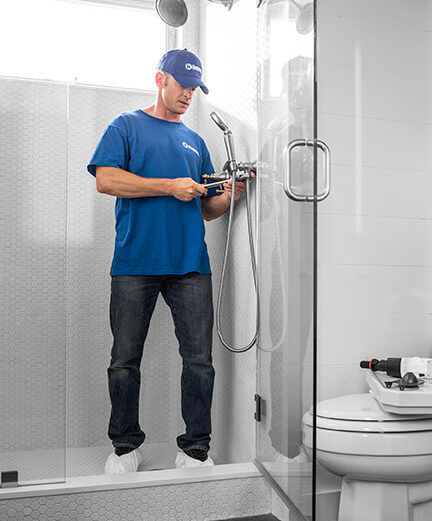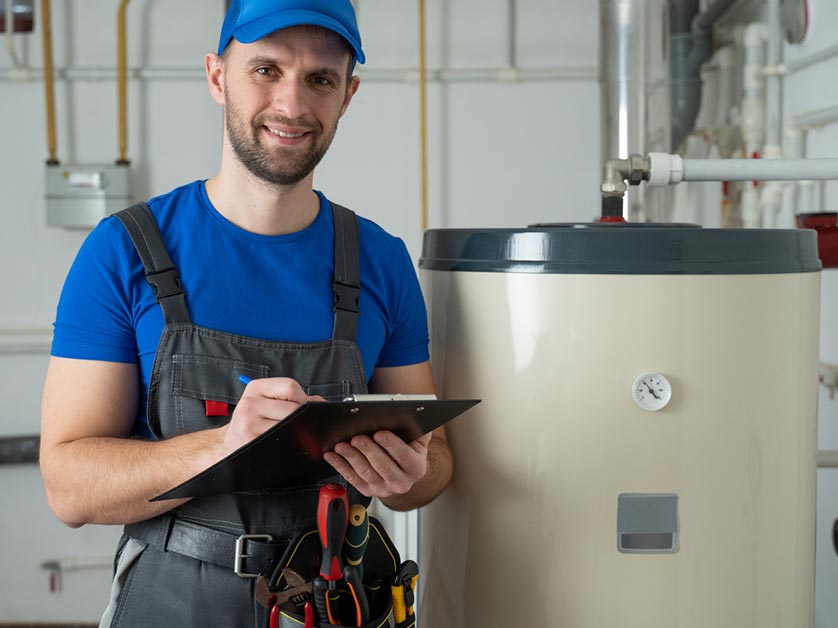Handyman Connection is a Great Fit for You! Visit our Career Page! Click Learn More.

Plumbing / April 25, 2024

Flushing is a key part of your water heater’s maintenance routine, and doing it on a regular basis can save you from problems down the line. In today’s post, Handyman Connection® of Mason takes a look at the importance of regularly flushing your water heater, and how often it should be done.
Water heaters tend to accumulate sediment at the bottom, because minerals tend to separate from the water as it’s heated. Kettles and similarly-sized water heaters are easier to clean, but household water heaters are a different matter because of their size. Considering their location in the house, it’s easy to overlook the need for regular flushing. However, built-up sediment can affect water heater efficiency. It is also corrosive and can lead to a leaky water tank.
Flushing should be done annually, but you may need to do it more often depending on certain factors. For example, if your water supply happens to have “hard water,” or water with high mineral content, then annual flushing may not be enough.
The flushing process may vary depending on the water heater type, but it usually involves turning off the thermostat and the cold water supply, connecting a drain hose to the tank, and opening a faucet or its pressure relief valve to let the water drain properly. The tank may need to be flushed several times, until the water from the drain hose is clear of sediment.
Flushing a water heater sounds simple enough that it’s tempting to take the DIY route. However, there are reasons why it should be flushed by a professional, or at least by someone with experience. There’s the matter of safety, for one: the initial flush will discharge a great amount of hot water, which means precautions must be taken to avoid the following risks:
If your water heater is due for flushing, Handyman Connection of Mason can help. Give us a call at (513) 733-3777, or fill out our contact form to request an estimate.